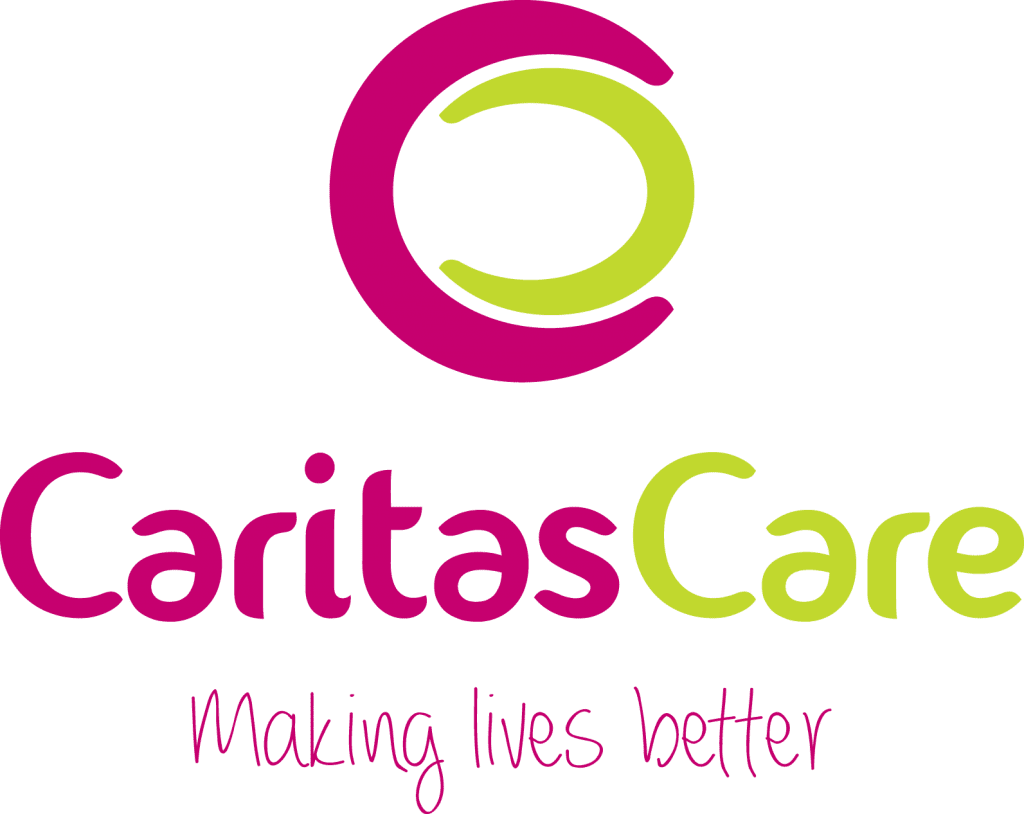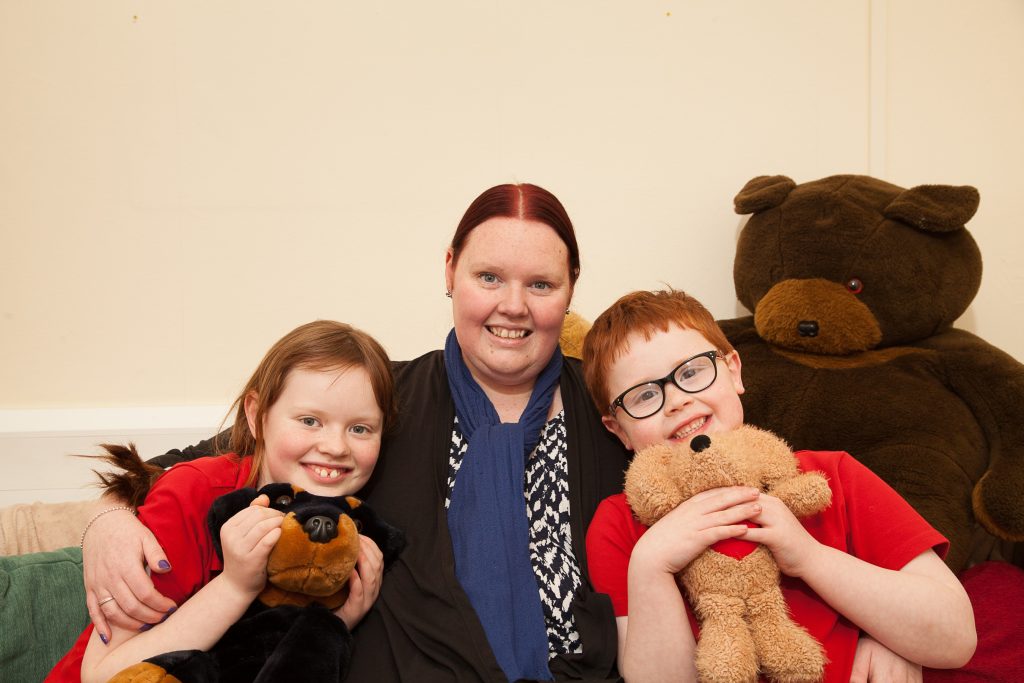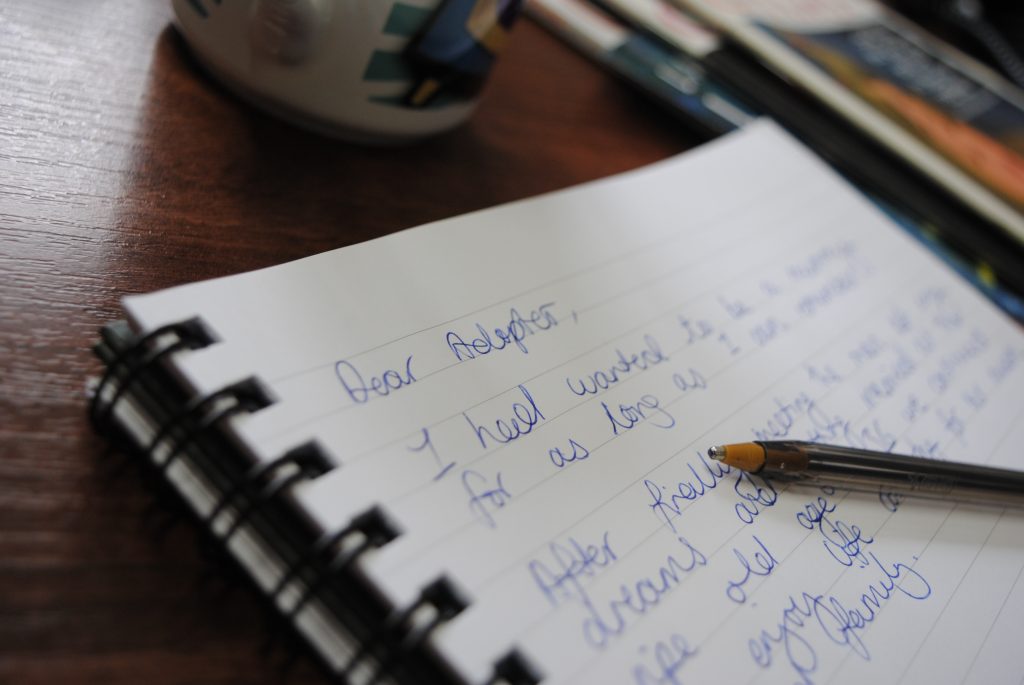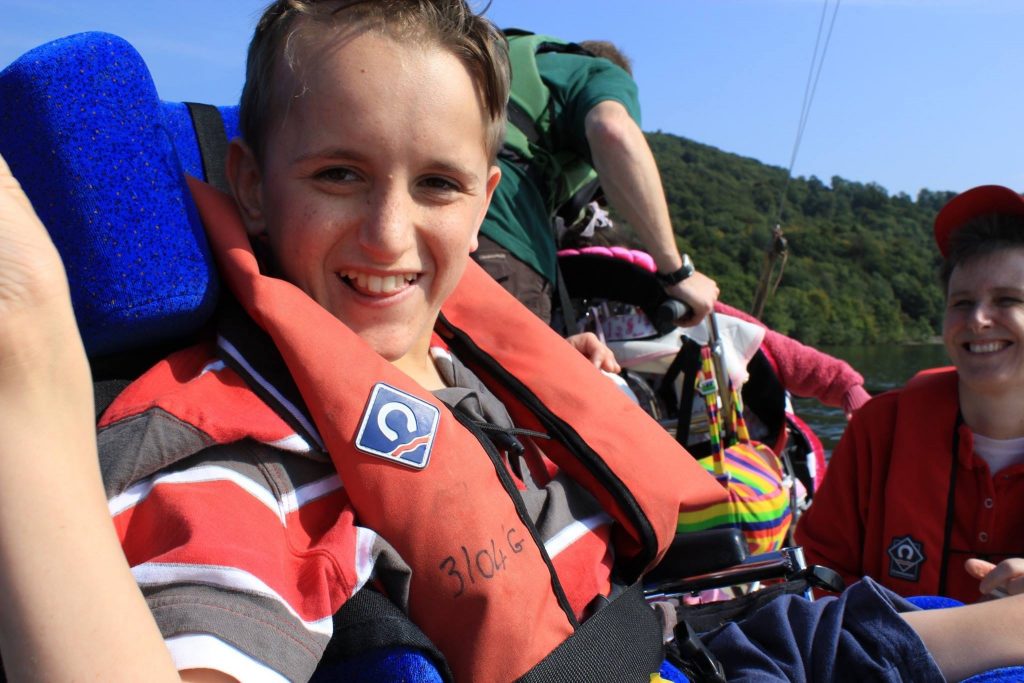To all future and present carers: I am a single, concurrent carer who has had a baby return to birth family. By sharing some of my experiences, insights and tips, I hope I can help you build awareness and strengthen your concurrency muscles.
First of all, I’m living proof that there’s life after baby goes back. A good life too. Since Baby left, I’ve reflected on a job well done, bought a lovely house, continued with my freelance business, been on holiday, enjoyed ‘me time’ and ‘friends and family time,’ and I’m currently preparing for another placement. What’s not to like?
Still, I cannot lie, a return to birth family outcome is challenging.
Baby was placed with me at three weeks old. From fairly early on, pointers were towards a likely return to birth dad. Although dad had initially presented as vulnerable, he began working hard to turn his life around. Contact after contact, I saw him growing in confidence and life skills. Looking back, this was a positive thing to witness. But it’s not easy to watch while you’re falling for a baby you may have to say goodbye to.
After around three months, the LA social worker confirmed she would be supporting a move back to birth dad. My worst fear was confirmed. Even worse, I had a good few months ahead of me with Baby, knowing we’d almost certainly be going our separate ways in life. Part of me wanted to ‘throw my toys out of the pram,’ especially when the LA social worker said she’d understand if I wanted to put Baby into traditional foster care for the duration of the court proceedings.
Thankfully, after talking things through with my NW Concurrent Planning Service worker, I was able to remember my commitment to concurrency: to putting Baby first, birth parent second, and myself third. Ultimately, I got on with the job at hand – that of a foster carer committed to keeping a vulnerable infant safe and stable. I gave Baby the care and healthy attachment she needed. And I myself attached to Baby, but without attaching too much – not an easy feat.
Baby was with me for around six months. I think the most challenging time was towards the end of the placement. The court proceedings had dragged on – partly due to the Christmas break. If that weren’t difficult enough, once the court had approved a return to birth dad, the handover period was stretched over five long weeks, which I eventually contested in the interests of Baby, birth dad, and me. On the day Baby finally left my care, it may come as no surprise that I had an overriding sense of relief, a feeling of completion and a yearning to move on.
I had my moments of sadness, of course. But nothing like the grief I was told I may encounter. Perhaps this is because I’d lost my brother to illness just a few years ago. I’d also had a beloved pet killed on the road a few days before adoption panel. This loss was different. Baby was alive and well and going to live with her devoted daddy who had turned his life around just for her. And I had supported the process.
My advice to potential concurrent carers?
One. See yourself as a foster carer first and foremost. If you do find that birth mum and dad are working hard to get their child back, support them with all your heart. Later on, you’ll feel wonderful about yourself – even if it’s tough at the time.
Two. Enjoy being a foster carer. It’s so rewarding!
Three. Keep hold of the other things you love – your friends, family, hobbies, life goals and social life – it will help you stay balanced and grounded.
Four. Make friends with uncertainty and be as flexible as possible. The concurrency journey can be unpredictable and you may meet challenging characters and circumstances along the way.
Five. Understand you have an opportunity to do something great. No matter what the outcome is for you and your little one, you’ve given a child a fantastic start in a secure, loving home.
And six. During difficult times, remind yourself of your initial commitment to concurrency and putting baby first.
There’s definitely life after a baby returns to their birth family. My concurrency placement was an invaluable learning experience. It helped me to grow. It taught me about selflessness. And it helped to prepare me for my next placement. After a six month’s break and once again weighing up the pros and cons of traditional adoption vs concurrency, I’m ready to climb aboard the concurrency roller coaster again.
If I can do it, you can definitely do it. So fasten your seatbelt and go for it!





